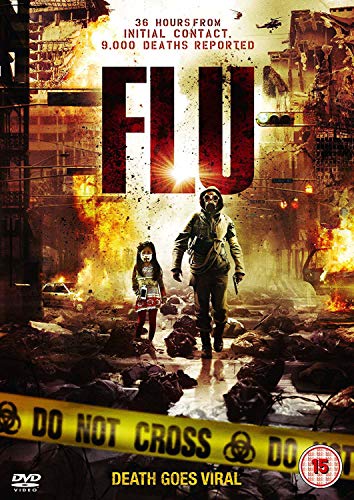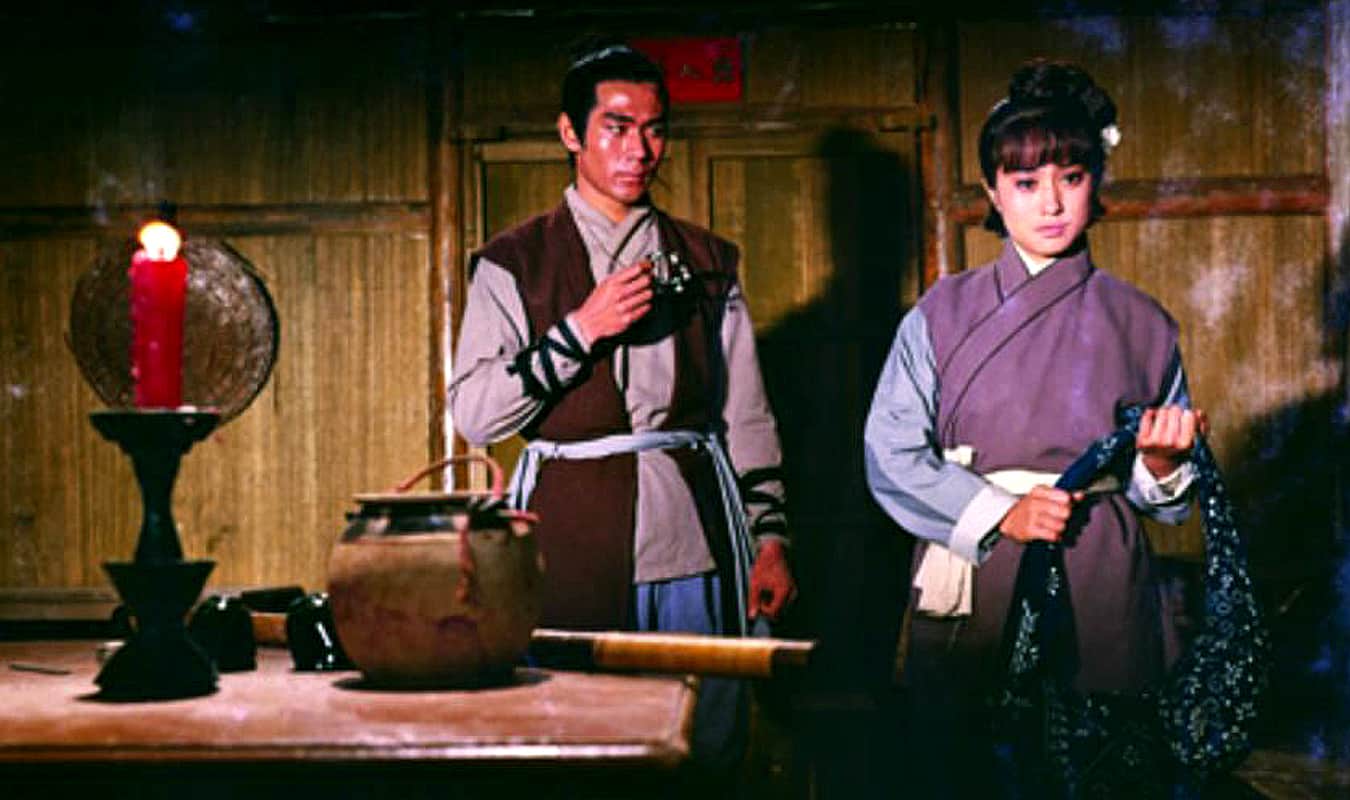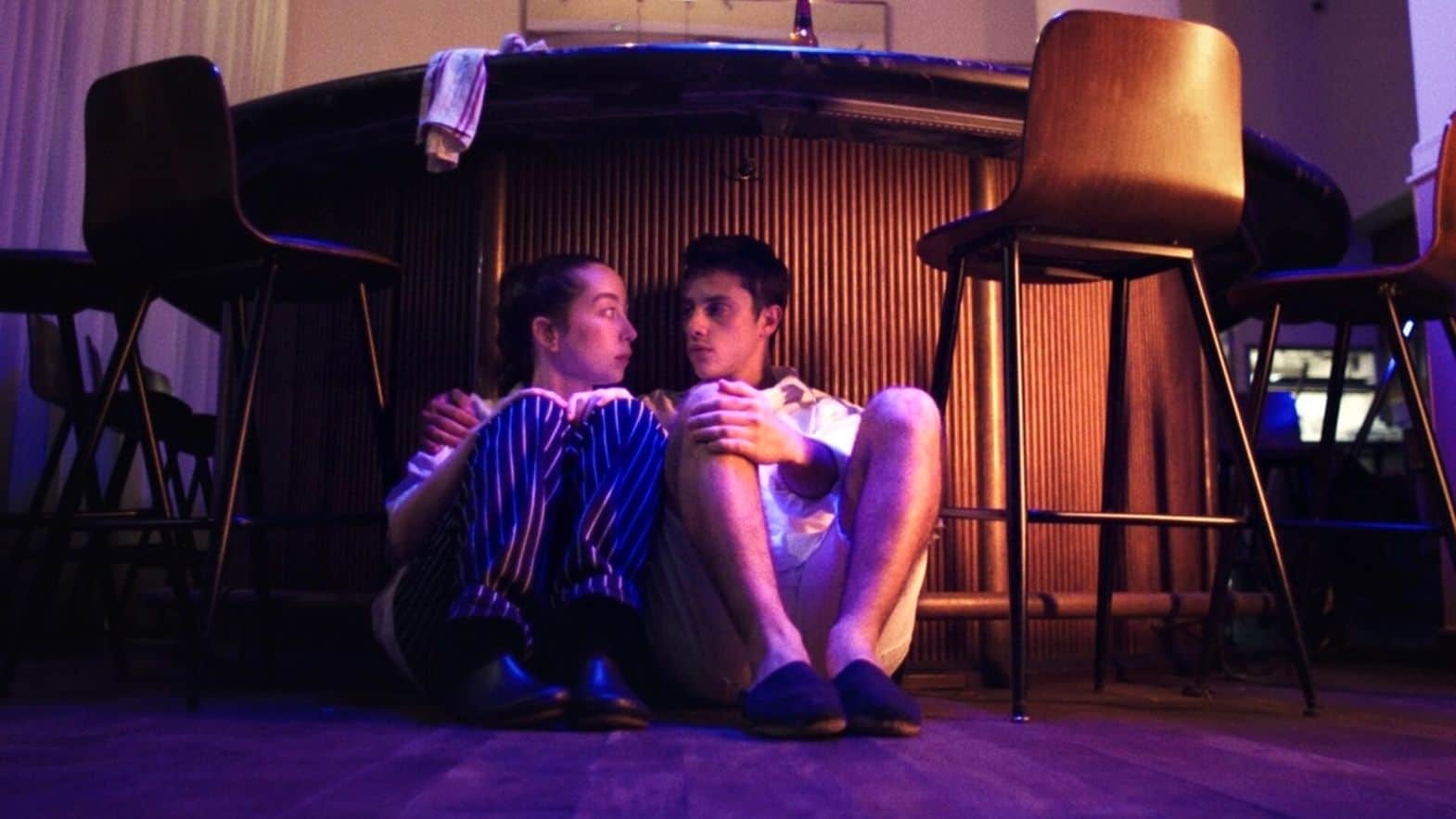While the ongoing COVID-19 pandemic of 2020 is still ongoing, and will probably continue for quite some time, this naturally does not stop movie publishers worldwide to try and cash in on these developments. At least it seems that way, considering a South Korean film which was made in 2013 has been published in countries like Germany, albeit under the much more fitting title “Pandemic”. Leaving this context aside “Flu” is yet another entry into South Korea's ventures into the genre of the disaster movie after such promising releases like “Ashfall”. Directed by Kim Sung-soo (“Asura: The City of Madness”) “Flu” combines the aesthetics of blockbuster cinema with a human story about survival and saving others.
Buy This Title

When a container of undocumented immigrants reaches the city of Budang, South Korea, it also carries another, unwelcome passenger that has already killed the majority of the people inside. As the last survivor manages to escape into the city and one of the smugglers comes into contact with the blood of the deceased, he is the first one to be infected with a deadly brand of the H5N1-virus. Over the course of the next hours, several more people become infected with the virus, which, as doctors like virologist Kim In-hae (Soo Ae) attests, has mutated and is now more lethal than before. As the virus spreads quickly, actions have to be taken by the authorities to stop a worldwide pandemic from happening.
Meanwhile, ERT member Kang Ji-goo (Jang Hyuk), who has rescued In-hae from her car when she was involved in an accident, has managed to also rescue some of her belongings. As he wants to bring In-hae her bag, he meets her young daughter Kim Mi-reu (Park Min-ha), who, unknown to him, has been in contact with the remaining survivor of the virus from the container. With her mother unable to get away from the hospital and the virus spreading at a rapid pace, he must eventually take care of the little girl while also helping those around him.
For those familiar with Korea's brand of the disaster movie, “Flu” offers more of the same in terms of narrative structure, the design of the heroes as well as the themes it explores. Inspired by features such as “Outbreak” and “Contagion”, it shows the rapid spread of the virus within the populace of Budang, making these sequences perhaps the most chilling in the whole story, even without the feature's topicality in 2020. However, the most infectious disease featured here is the amount of fear and panic, which increases over time, thus creating a rise in tension over the course of the narrative. Additionally, this is emphasized by the use of various perspectives, the individual characters and the authorities, politicians and doctors and eventually representatives of the military, deciding on the steps which have to be taken next.
Given its blockbuster mentality, there is no shortage of drama and action in “Flu”. Especially the second half, when the search for an antidote and the plans to destroy the city result in a tension-filled finale, offers much in terms of drama, as In-hae is searching for her daughter and Ji-goo tries his best to keep Mi-reu and himself alive while all hell breaks loose around them. While visually quite impressive, this is also the part where Kim Sung-su's feature exaggerates quite a lot and is perhaps a bit naive, especially regarding the science in the narrative.
In the end, “Flu” is a tense and action-packed disaster movie. If you can take the topicality of Kim Sing-su's film in 2020, it tells a story offering lots of drama and a lot of interesting set pieces, without deviating from the formula of these kinds of movies that have now apparently become a household brand in Korea's cinematic landscape.















